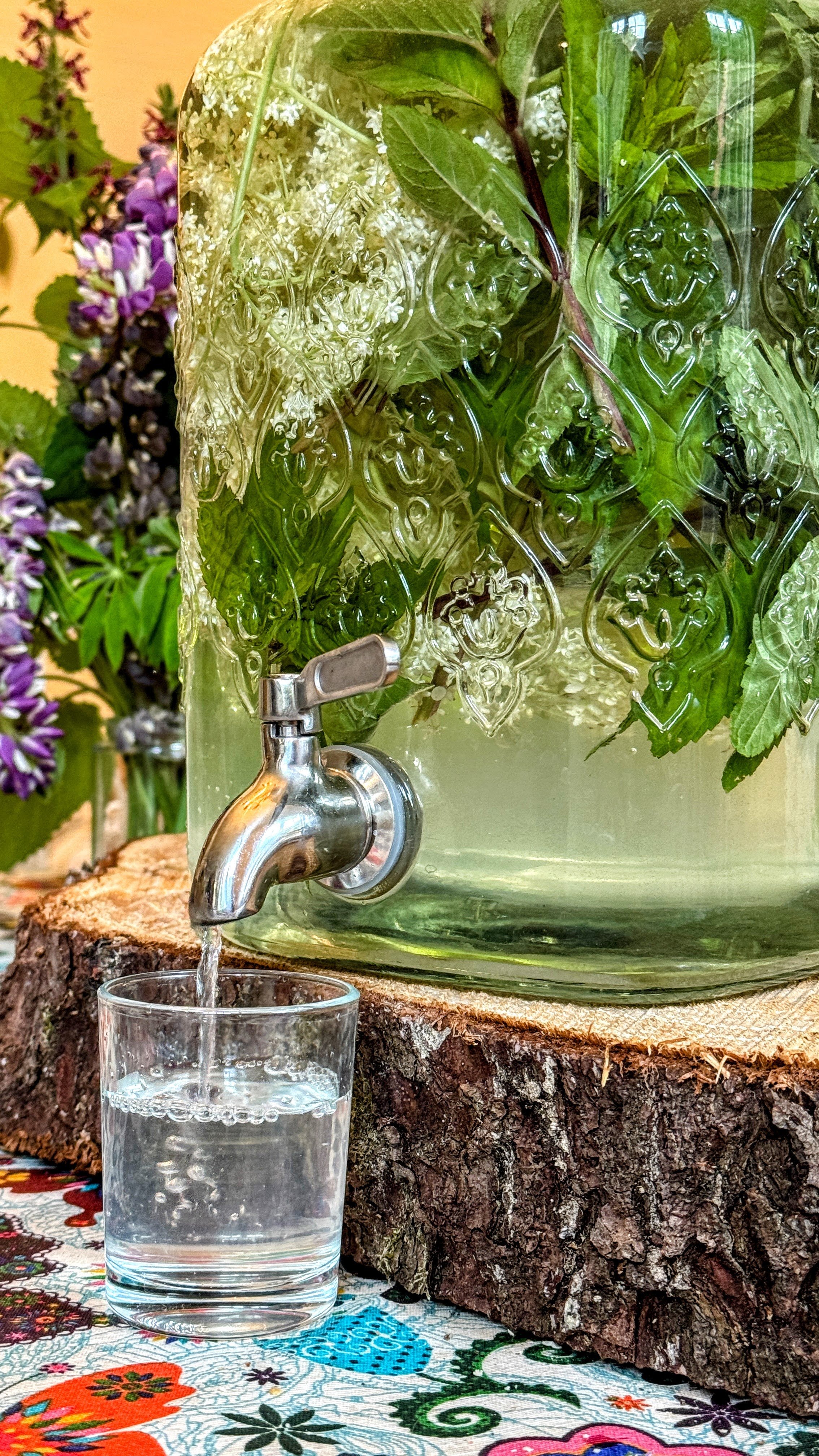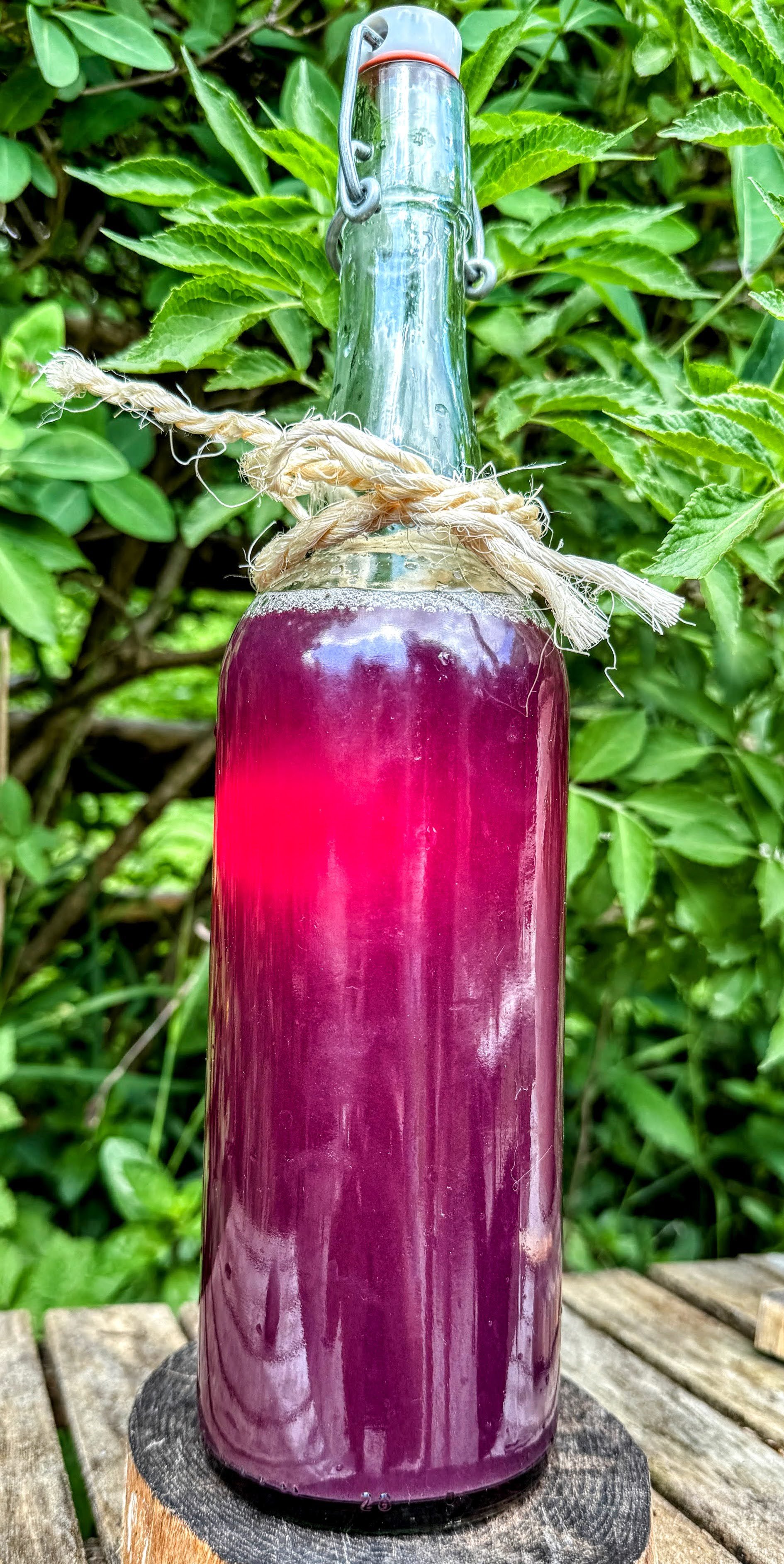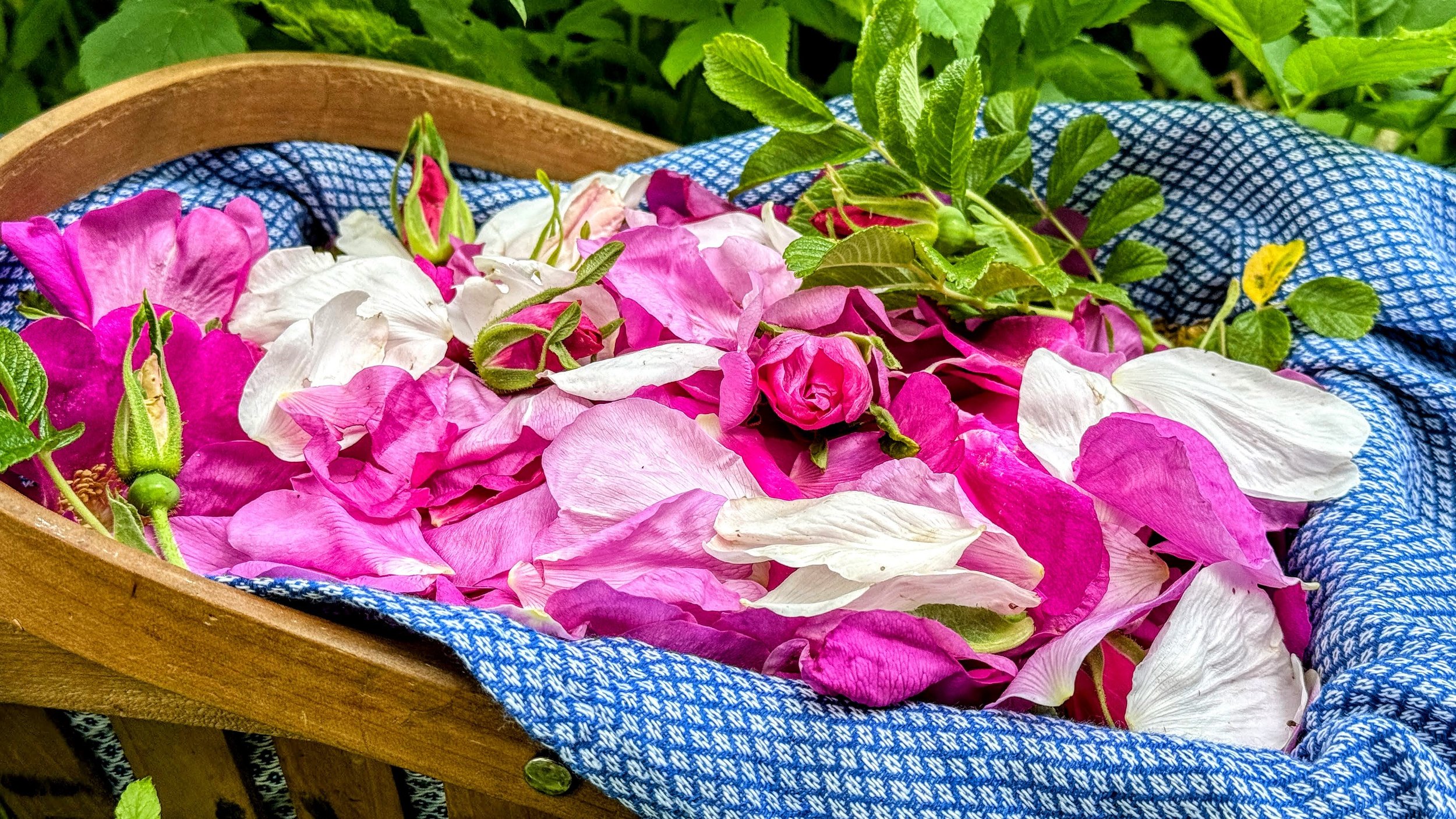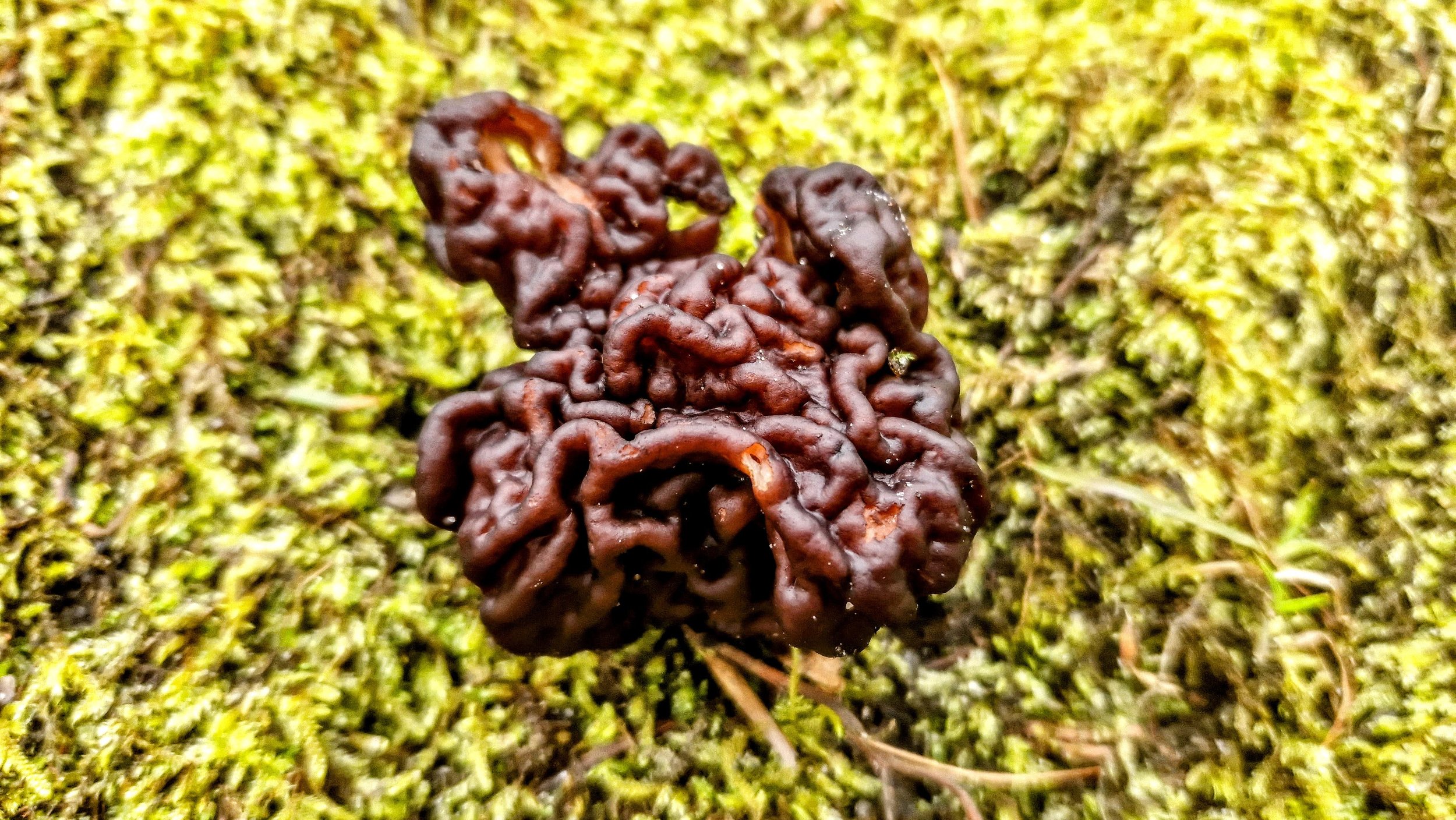The Resilient Verbascum Thapsus, or 'King's Light

Today, we're taking a deep dive into the world of Verbascum thapsus, a magnificent plant with a royal Scandinavian moniker: 'King's Light.' Its regal name might have been inspired by the usefulness of its dried stalk, which when wrapped in fat, becomes an ideal torch for winter processions.

The seeds of this plant came to us through our grandpa, and they were ancient even when he received them. Verbascum thapsus seeds are storied for their exceptional longevity; they often germinate at archaeological sites when centuries-old graves are disturbed. Indeed, our own seeds sprouted a few of these grand plants, and we hope to see more in the future, provided they produce their own seeds.
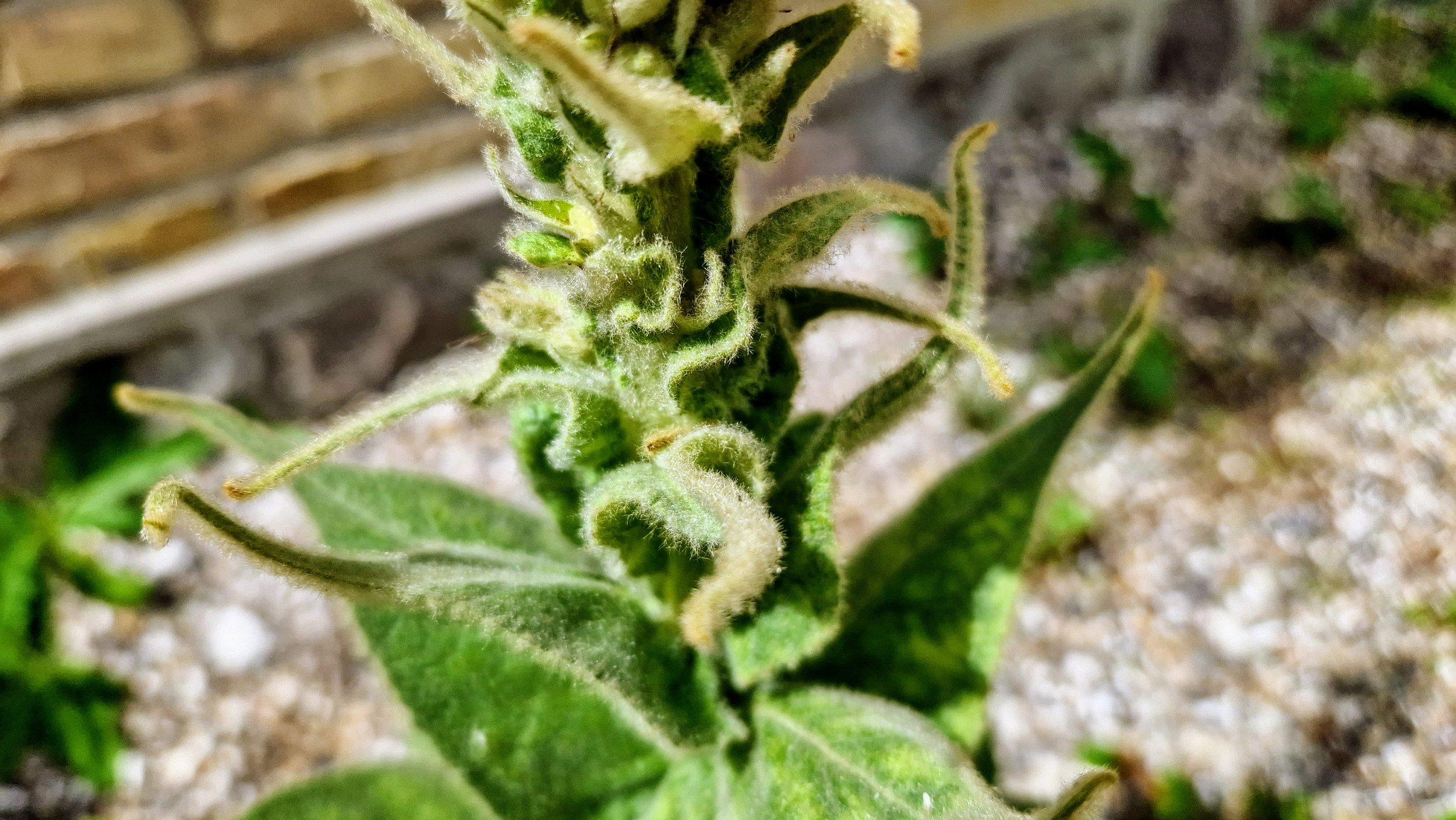
Standing tall with lush leaves and bright yellow flowers, the 'King's Light' is a majestic sight. Historically, it has been intertwined with tales of witches and witchcraft, likely due to its prevalent use in herbal medicine.
Yet, our Grandpa shared a more humorous and practical story about the plant. Apparently, it served as a precursor to modern toilet paper. Its incredibly soft leaves and woolly hair were said to be suitable for personal hygiene. Grandpa always used to say, "You can use the King's Light to wipe your arse with." - Not a big fan of the monarchy!
That said, we advise against this practice, as the plant's numerous tiny hairs could potentially cause discomfort in, let's say, sensitive areas.

Check out a few of our foraging posts:
A dispenser bursting with elderflowers and fresh mint, steeped into a light, floral, and refreshing cordial—this is summer in a glass. We chill it overnight, then serve it with ice cubes and sparkling water on the side.
These floral ice cubes are not just a visual delight but a refreshing way to enjoy the essence of wild roses in summer drinks. Whether it’s a casual afternoon lemonade or a fancy floral cocktail, they bring a little extra magic to every glass.
In the lush spring, we forage for ramps berries, the juicy, aromatic gems that appear just as the white petals fall. Harvested and preserved in oil, these potent berries infuse any dish with an intense garlic flavor.
Embracing the natural beauty and flavor of roses in our lemonade allows us to celebrate the season in a unique and tasty way. Try making your own batch of this floral-infused refreshment and bring a taste of summer to your table with every colorful, refreshing glass.
This process of creating rose extract from our garden's bounty is a delightful way to bring a piece of spring into our home year-round. Whether used in refreshing beverages or as a natural flavor enhancer in sweets, the extract remains a testament to the beauty and aroma of roses.
In the lush late spring of Scandinavia, we forage for wild roses, an invasive yet beautifully aromatic species. Harvested carefully to capture their peak aroma, these roses vary from lilac to white, each exuding a potent, citrusy fragrance.
In spring, our kitchen buzzes with the making of wild garlic pesto, crafted not from traditional basil and pine nuts, but from the abundant wild garlic in our woods and a mix of leftover nuts from Yule—almonds, pecans, or whatever we have on hand.
In the lush season of spring, our garden’s magnolia trees are not just a visual spectacle but also a source of culinary inspiration. This time, we turn our focus to a less noticed but equally enchanting part of the magnolia flower: the stamen.
In our exploration of natural ingredients, we've transformed magnolia blossoms into a unique spice powder, perfect for enhancing dishes typically seasoned with cinnamon, cardamom, clove, or ginger. Using two methods—oven roasting for deeper, cardamom-like notes, and air drying for a lighter, citrusy essence—we convert the fragrant petals into culinary delights.
In a glass, our magnolia-infused iced tea is more than just a beverage; it's a celebration of the transition from spring to summer, encapsulating the essence of both seasons.
Springtime in our woodland garden means foraging for garlic mustard, a plant known for its garlicky aroma and peppery flavor. Easily identifiable, it's a favorite of our youngest forager, Bear. Garlic mustard, or "Løgkarse," is historically significant as one of the first known spices, used in Denmark over 6,000 years ago.
Gyromitra esculenta, known as the "edible rock morel," is a forager's delicacy fraught with danger. Hailed as one of the tastiest mushrooms, it requires multiple water cookings to reduce its toxicity. While some savor its reputedly exquisite flavor, we approach this mushroom with caution, opting to forage and dry it for now, leaving the taste test for our later years.
Gathering around a bonfire to cook apples directly in the embers transforms a simple fruit into a special treat. Hollowed and filled with butter, cinnamon, cardamom, syrup, and sugar, then wrapped in foil and baked in the bonfire's glow, these apples become fragrant delights.
Wild garlic salt is a simple, yet transformative way to preserve the vibrant taste of spring's foraged greens, ensuring a year-round supply of their unique flavor. By blending chopped wild garlic leaves with coarse salt until achieving a wet sand consistency, and then drying the mixture, we create a versatile culinary staple.
Our homemade wild garlic butter celebrates the rustic charm of foraging, with its uneven distribution of garlic creating a visually appealing, spotted look and a delightful variance in flavor.

